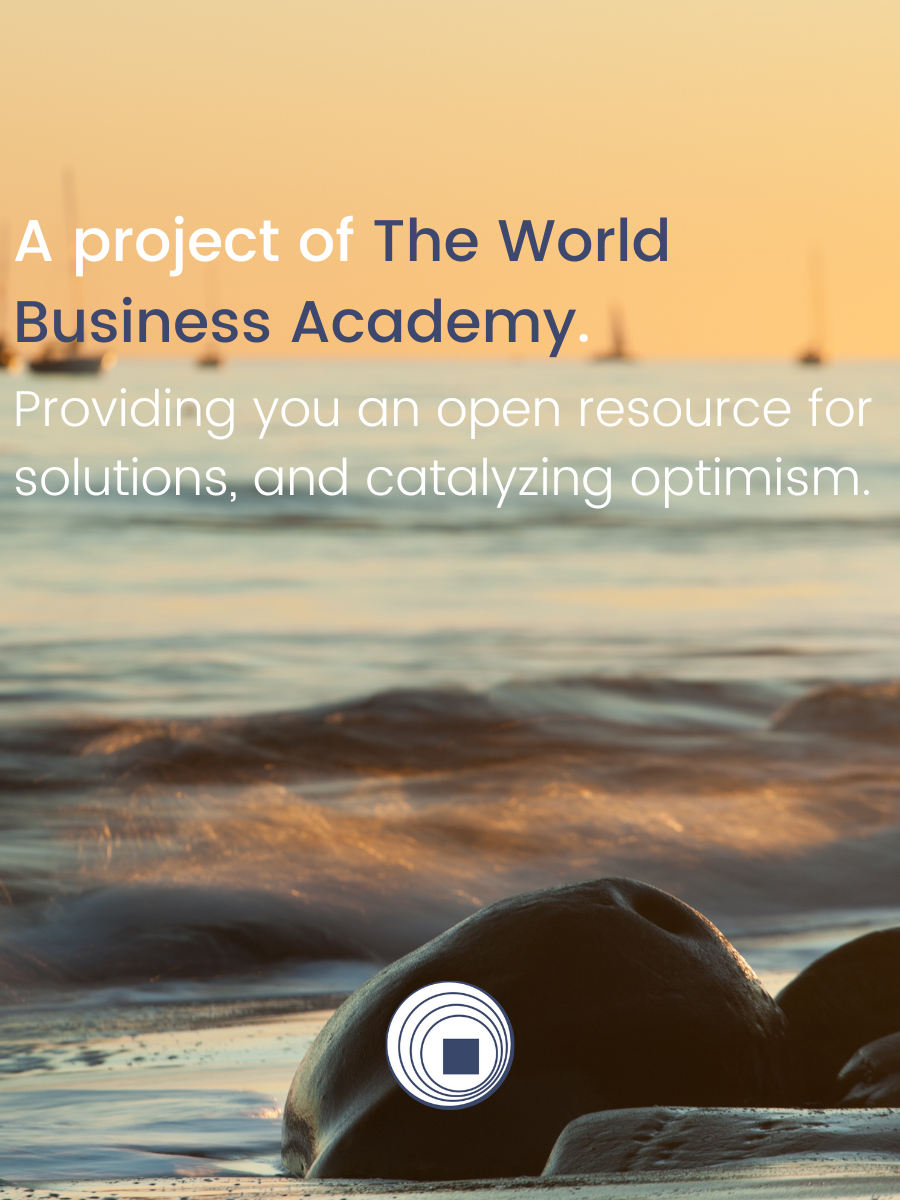While the practice of burning coal to generate electricity is soon to become a thing of the past, the material could prove useful in other, more sustainable ways. A new study, for example, has shown that the mineral could find use in the desalination of seawater.
The study, conducted by researchers at Saudi Arabia’s King Abdullah University of Science and Technology (KAUST), explored the use of coal in the form of carbonized compressed powder (CCP). As explained by New Atlas, CCP is created by grinding coal into a powder, then compressing that powder back into a solid. The resulting material is more porous than in its original form, and it can also be molded into the desired shape.
After creating CCP, the team combined it with natural cotton fibers to produce a 20 x 20-cm (7.8-in) block which was then placed within a 34 x 34 (13.4-in) seawater container, with the bottom of the block touching the surface of the water.
In tests, the team placed the device out in the sun so the black surface of the block would heat up, while the absorbent fibers drew water in from the sides. The water then evaporated when it touched the hot surface of the block, condensing on the inside of a pyramid-like cover. That condensed fresh water was then easily collected.
The salt remained behind within the CCP and was easy to wash off with seawater, rendering the device apt for multiple uses. As noted in the study, the CCP device has a desalination rate per unit of raw material two to three times higher than that of any other solar desalination system.
The KAUST team has recently partnered with Dutch startup PERA to commercialize the CCP technology. Next, the plan is to test the device at a pilot plant in Brazil, where it will find use in desalinating brackish water for drinking and cooking purposes.
“CCP is abundant in nature and low-cost, as well as lightweight, versatile, and highly scalable from a fabrication point of view,” says Marcella Bonifazi, one of the KAUST researchers. “The device produced fresh water for around one-third the cost of current state-of-the-art solar desalination technologies.”
Image source: KAUST
Source study: Advanced Sustainable Systems: Clean Carbon Cycle via High-Performing and Low-Cost Solar-Driven Production of Freshwater












